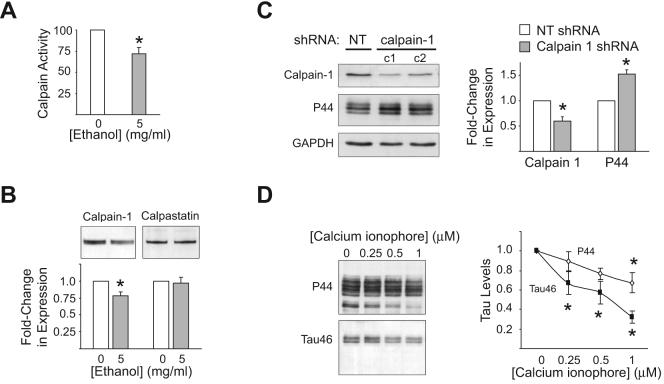Figure 3. Ethanol decreases calpain expression and activity.
(A) To examine whether ethanol reduces calpain activity, cells were induced to express tau for 1 day in the absence or presence of 5 mg/ml ethanol and lysates containing activated calpain were collected. Ethanol significantly decreased calpain activity, as assessed by measuring the fluorescence emitted following the cleavage of a fluorogenic calpain substrate added to lysates. (B) Western blot analysis of calpain-1 and calpastatin expression following a 1 day induction of tau in the absence or presence of 5 mg/ml ethanol. Ethanol significantly reduced calpain-1 expression but did not effect the expression of calpastatin. For (A-B), *=P<0.05 compared to ethanol-free control (t-test; n=4). (C) To ascertain if reduced calpain expression can increase tau, cells were treated with four different shRNA constructs targeting calpain I, two of which are shown in panel C. Calpain I and tau expression levels for each of the four constructs were normalized to those observed in cells exposed to non-targeted shRNA and the average change in expression +/− SEM was calculated. NT= non-targeted. c1 and c2 = construct 1 and 2, respectively. *=P<0.05 compared to non-targeted control as assessed by t-test. (D) To determine if stimulating calpain activity would reverse ethanol-enhanced tau accumulation, cells were induced to express tau for 1 day in the presence of 5 mg/ml ethanol and in the absence or presence of the calcium ionophore A23187 (0.25-1 μM). Protein lysates were examined by Western blot using the tau antibodies, P44 and Tau46. A23187 significantly attenuated ethanol-enhanced tau accumulation. *=P<0.05, compared to A23187-free control as assessed by One-way ANOVA (n=4).

